This article is the continuation of the SQL FILESTREAM series.
Read more »

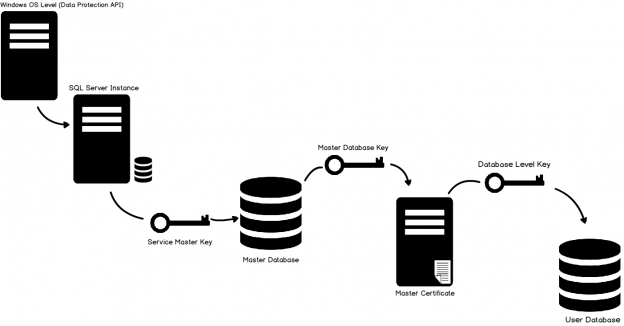
This article is the continuation of the SQL FILESTREAM series.
Read more »
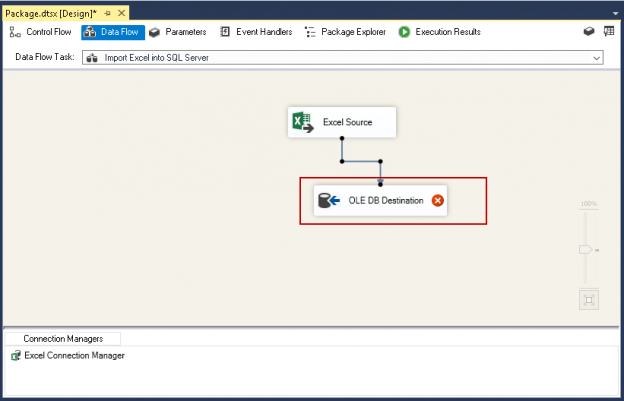
I have seen many organizations receive data from various sources and import into SQL Server. You might receive data in various formats and want to import into SQL Server. We can prepare a ETL (Extract-Transform-Load) process to import data into the SQL Server. In doing so, might receive data in a compressed file, which helps to send data over the network using a ZIP file format because it reduces the file size significantly. If we are receiving a ZIP file to import into SQL Server, we need to unzip it and then only we can import data. We might need to create a ZIP file as well from the existing files.
Read more »
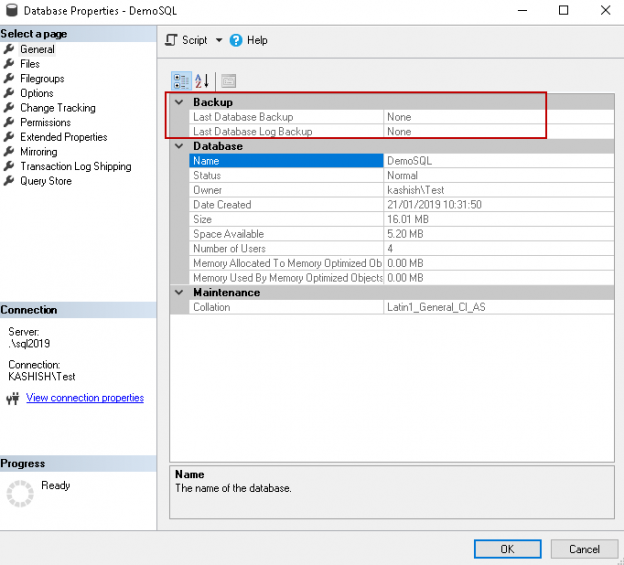
In the continuation of our SQL FILESTREAM article series, we’ll be covering transaction log backups
In SQL Server, we take transaction log backups regularly to have a point-in-time recovery of a database. It is essential to define the backup policy with the combination of full, differential and transaction log backups. A standard configuration of backups for large databases in the production database environment is as follows.
Read more »
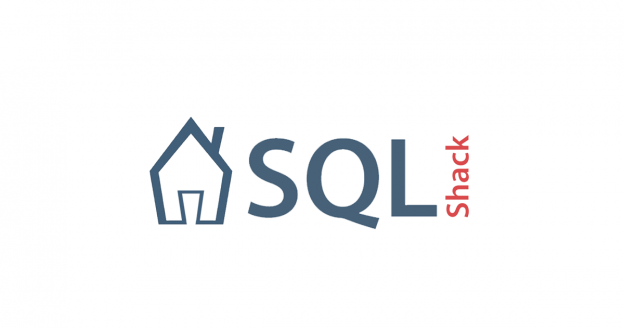
SQL Server trace flags are configuration handles that can be used to enable or disable a specific SQL Server characteristic or to change a specific SQL Server behavior. It is an advanced SQL Server mechanism that allows drilling down into a hidden and advanced SQL Server features to ensure more effective troubleshooting and debugging, advanced monitoring of SQL Server behavior and diagnosing of performance issues, or turning on and off various SQL Server features

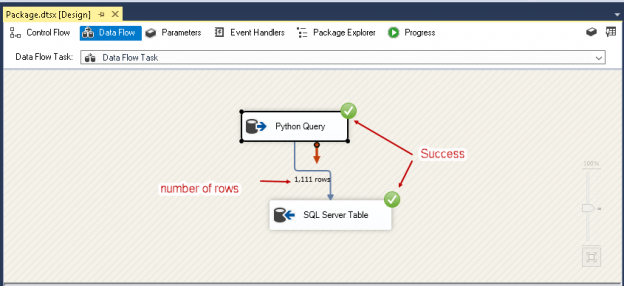
Using Python SQL scripts is a powerful technical combination to help developers and database administrators to do data analytics activities. Python provides many useful modules to perform data computation and processing of data efficiently. We can run Python scripts starting from SQL Server 2017. We can create the ETL solutions to extract data from various sources and insert into SQL Server.
Read more »
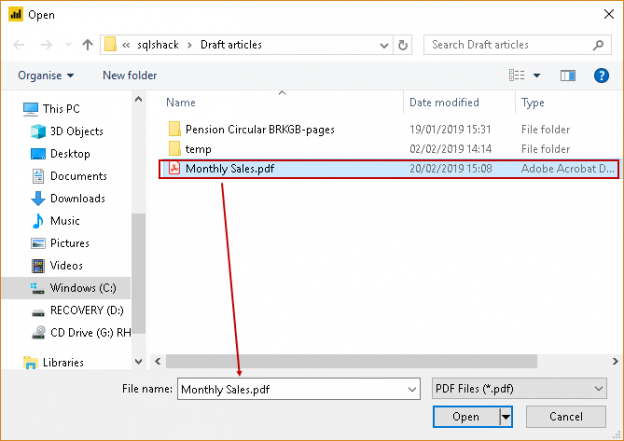
Power BI Desktop is a useful reporting and analytical tool to represent data in various formats. These presentations help us to quickly understand information and circulate it to stakeholders in a visual fashion.

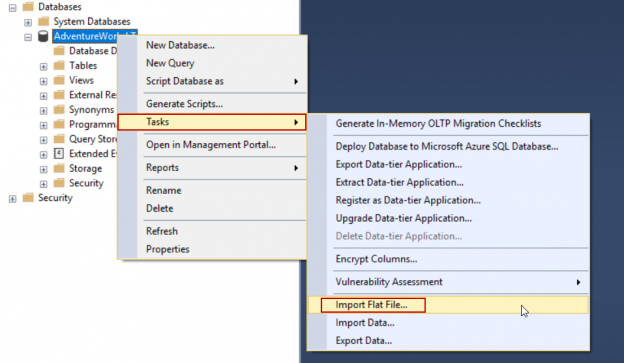
The SSRS report builder is a powerful tool for data visualization. In this article, we will take a first step into familiarizing ourselves with the SSRS report builder and we will also demonstrate a very basic SSRS report example. Additionally, we will review the self-service business intelligence approach just because this approach can be implemented through the SSRS report builder very easily.
Read more »
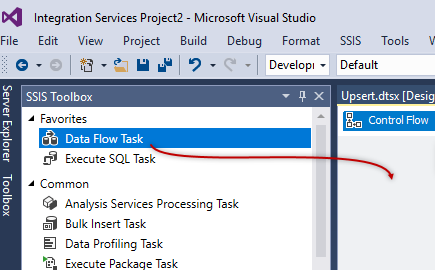
In this article, we will show how to convert dates from dd/mm/yyyy to mm/dd/yyyy using the Script component and also derived columns in SSIS. We will also explain when to use a derived column (DC) and when to use the Script Component (SC).
Read more »
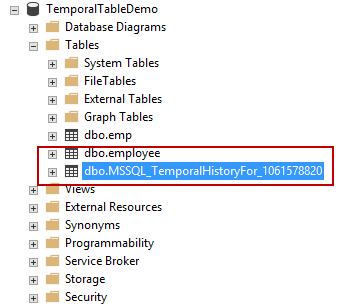
Temporal tables have been a feature of SQL Server since version 2016. SQL Server professionals have historically had several options to track data change events. The evolution of the data tracking mechanism started with Change tracking (CT), Change Data Capture (CDC) and now Temporal Tables.
Read more »
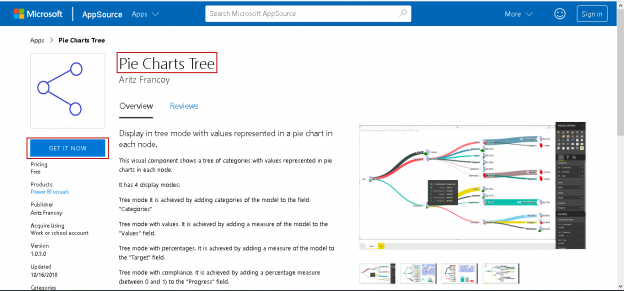
Power BI Desktop amplifies the value of data. We can connect to multiple data sources and visualize the data interactively. One of the best parts of Power BI Desktop is the custom visual feature. It allows developers to create custom visuals and users can then download these visuals from the marketplace and use it as per the data set requirements. We can prepare reports using Power BI Desktop and share the reports using the Power BI service.
Read more »
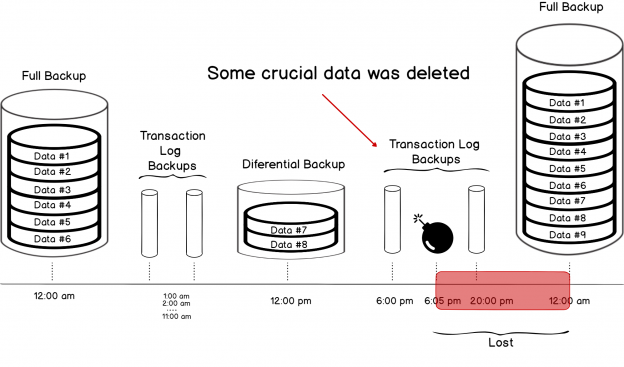
In the previous articles of this series (see TOC at bottom), we discussed the main concept of the SQL Server transaction, the internal architecture of the SQL Server Transaction Log and finally the Virtual Log File and the best practices in managing the VLFs. In this article, we will go through the relationship between the SQL Server Transaction Log and the three database recovery models.
Read more »
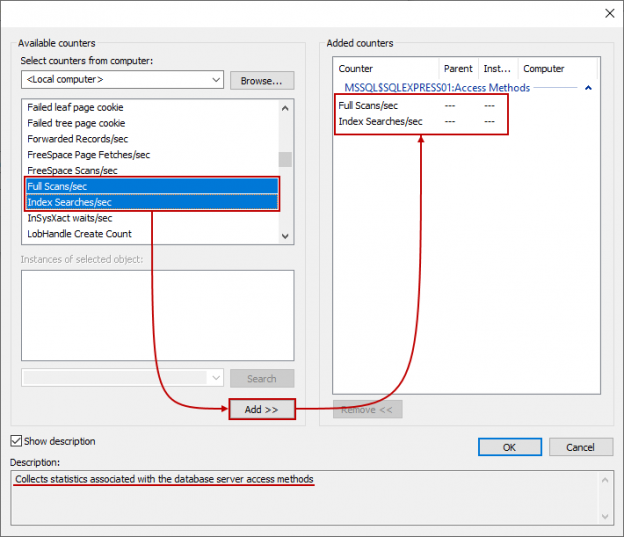
The goal of this article is to get familiar with SQL Server monitoring tools and identify what some of the most common SQL Server performance problems are.
Read more »
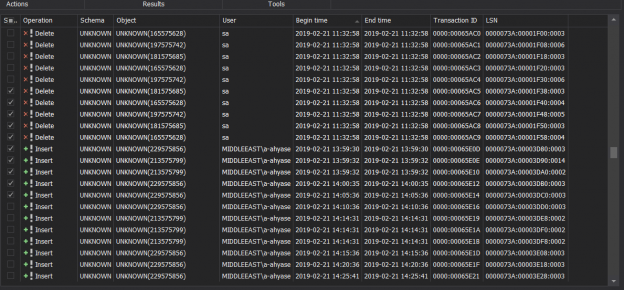
In the previous articles of this series, we discussed the reasons behind auditing the different SQL Server instance and database events, how to audit the SQL Server instance manually and using the Extended Events and Triggers methods. In this article, we will show how to audit your SQL Server instance by reading the content of the SQL Transaction Log file of the user database.
Read more »
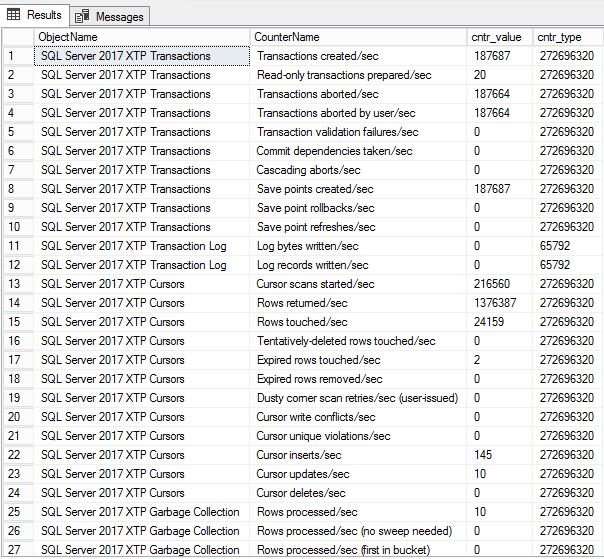
This is the continuation of the previous article SQL Server In-Memory database internal memory structure monitoring. In this article we are going to dissect the details of other components that are available to validate the SQL Server In-Memory objects.
Read more »
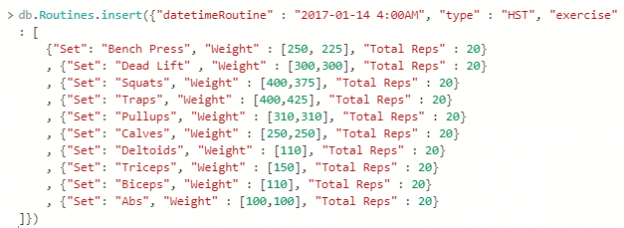
As we’ve worked with Azure Cosmos DB, we’ve seen that we can store data within fields and the fields of each document don’t always have to match – though we still want some organization for querying. The fields and values storage becomes useful when working with object-oriented languages as these fields can be keys that we use with values that we extract as properties. For an example, the below PowerShell line creates a JSON document in an object and we can see that we can extract the values of these keys in the JSON object.
Read more »
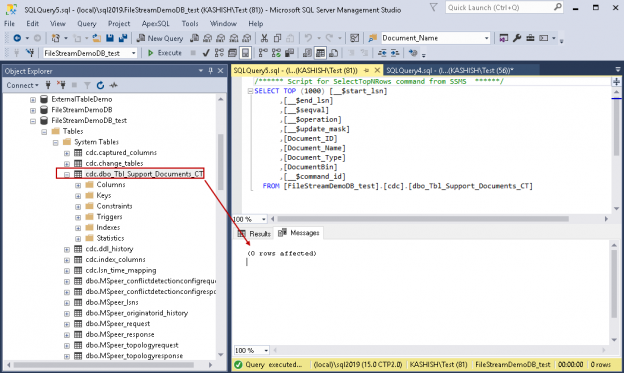
Sometimes we require tracking data change activity (Insert, update and deletes) in SQL Server tables. SQL Server 2008 introduced Change Data Capture (CDC) to track these changes in the user-defined tables. SQL Server tracks the defined table with a mirrored table with same column structure; however; it adds additional metadata fields to track these changes. We can use table-valued function to access this changed data.
Read more »
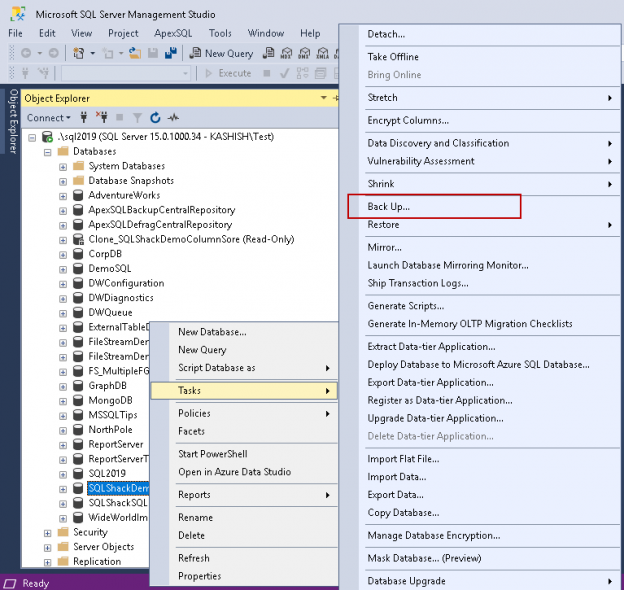
A Database administrator’s key task is to keep the database healthy and available for the users. We are used to taking regular SQL backups depending upon the database criticality and the recovery model. We define the Recovery Point Objective (RPO) Recovery Time Objective (RTO) or the database system, and we should be able to recover the database in any scenario to meet the requirement.

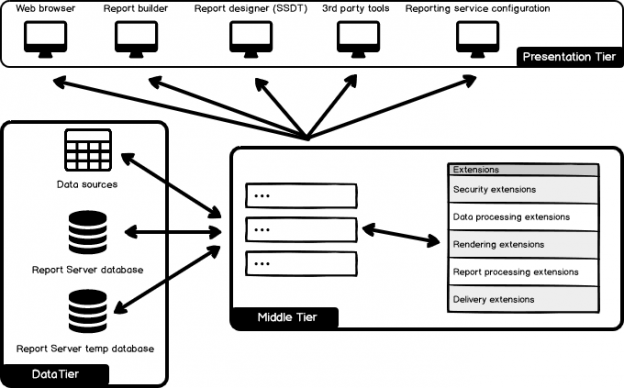
In this article, we will explore SQL Server Reporting Services (also known as SSRS) architecture and its main components. We will also discuss SSRS extensions and related tasks. Additionally, we will discuss the Report Server and Report Server temporary databases.
Read more »
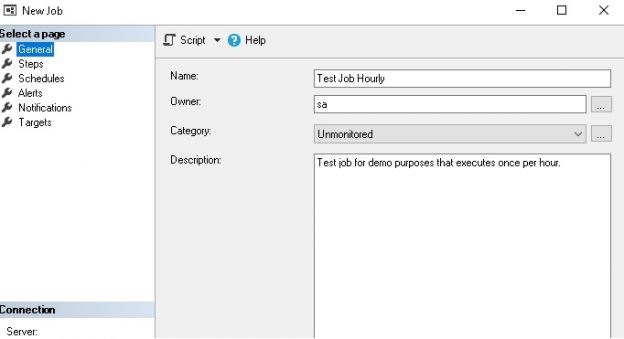
While alerting on failed SQL Server Agent jobs is straightforward, being notified when a job is missed is not a simple or built-in feature.
Read more »

In this article, we will continue our journey to configuring a SQL Server AlwaysOn High availability configuration and failover nodes, by setting up iSCSI including an iSCSI initiator, setting up disk drives on notes, configuring our Quorum and finally installing the SQL Server cluster.
Read more »

In the previous articles in this series (see TOC at bottom), we wrote about the various feature of the SQL Server FILESTREAM. In SQL Server, we use replication to replicate the articles to the destination server. Consider a scenario in which we have the FILESTREAM database in our environment. We would also have the requirement to configure this database for SQL Server replication.

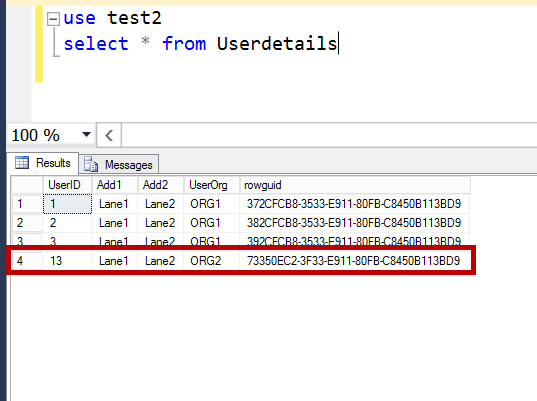
In this article we will discuss about SQL Server Merge Replication Parameterized row filter issues while replicating incremental data changes post initial snapshot.
Read more »
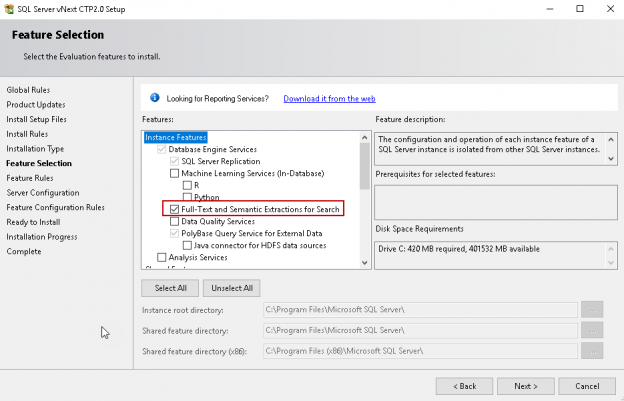
In this article, the latest in our series on the SQL FILESTREAM feature, we are going to look at the synergy and interoperability with SQL Server Full Text search, another powerful SQL Server feature
Read more »
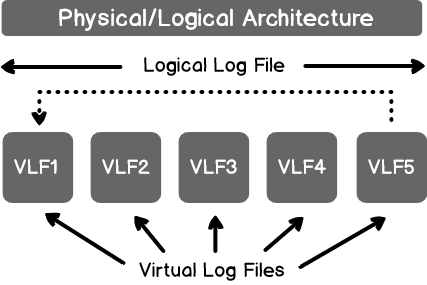
In this article we’ll review SQL Virtual Log files aka SQL Server VLFs, providing an overview and review topics related to size, performance, monitoring and troubleshooting.
Read more »
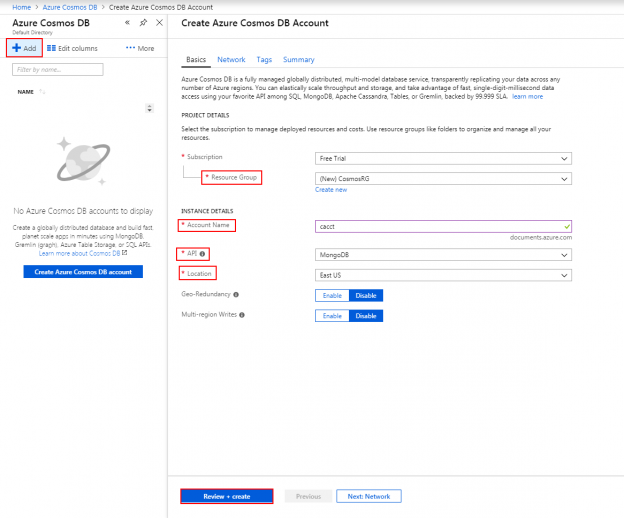
Since we will sometimes require removing documents in Azure Cosmos DB, we’ll want to be able to specify the documents for removal. In some cases, this will be as simple as specifying a field for removal, such as removing one type of workout in our temporary database we’ve created. In other delete situations, we’ll want to remove if the value of the field isn’t what we expect – such as greater than what we want. This applies to updates as well – we may want to drill into a specific value range for an update. In this tip, we’ll look at using operators with strings, numeric types and dates.
Read more »© Quest Software Inc. ALL RIGHTS RESERVED. | GDPR | Terms of Use | Privacy